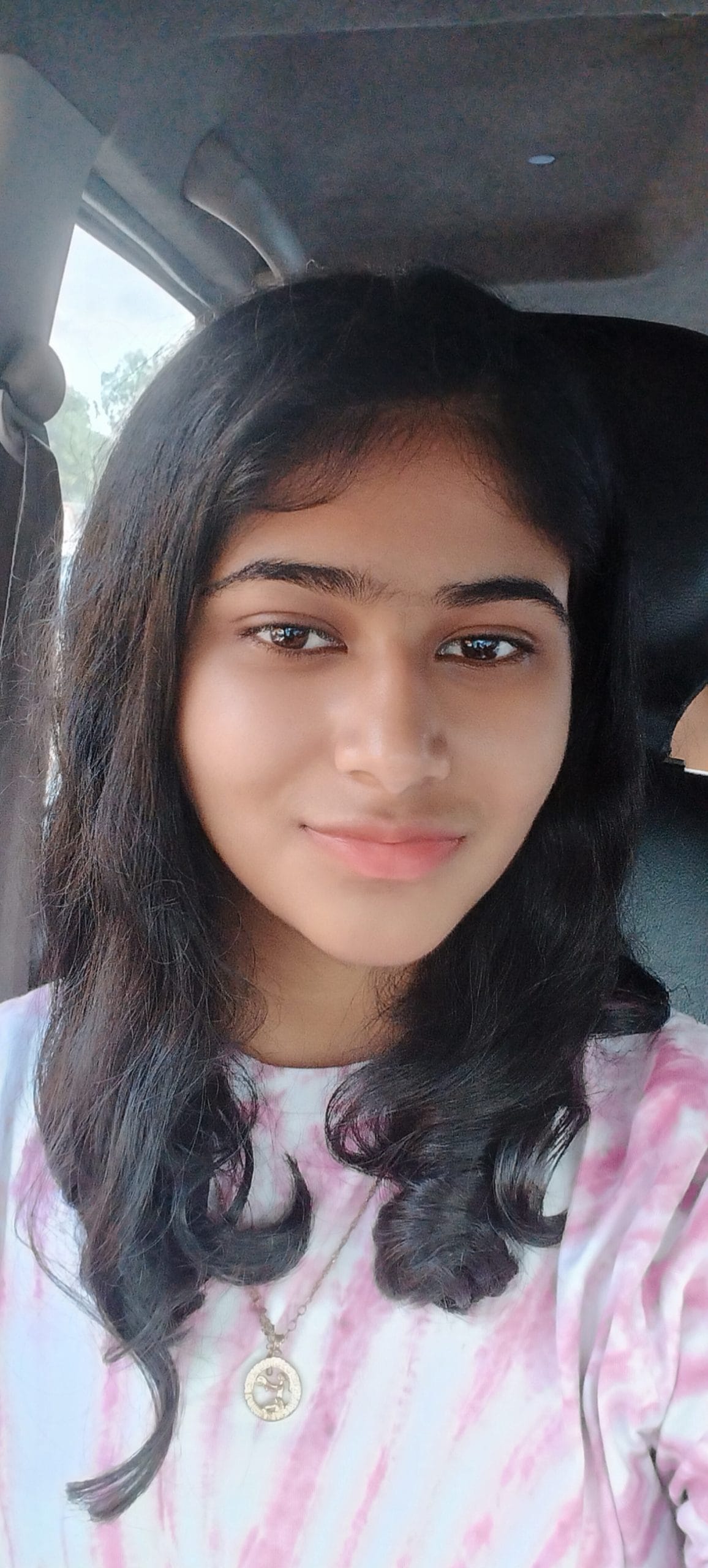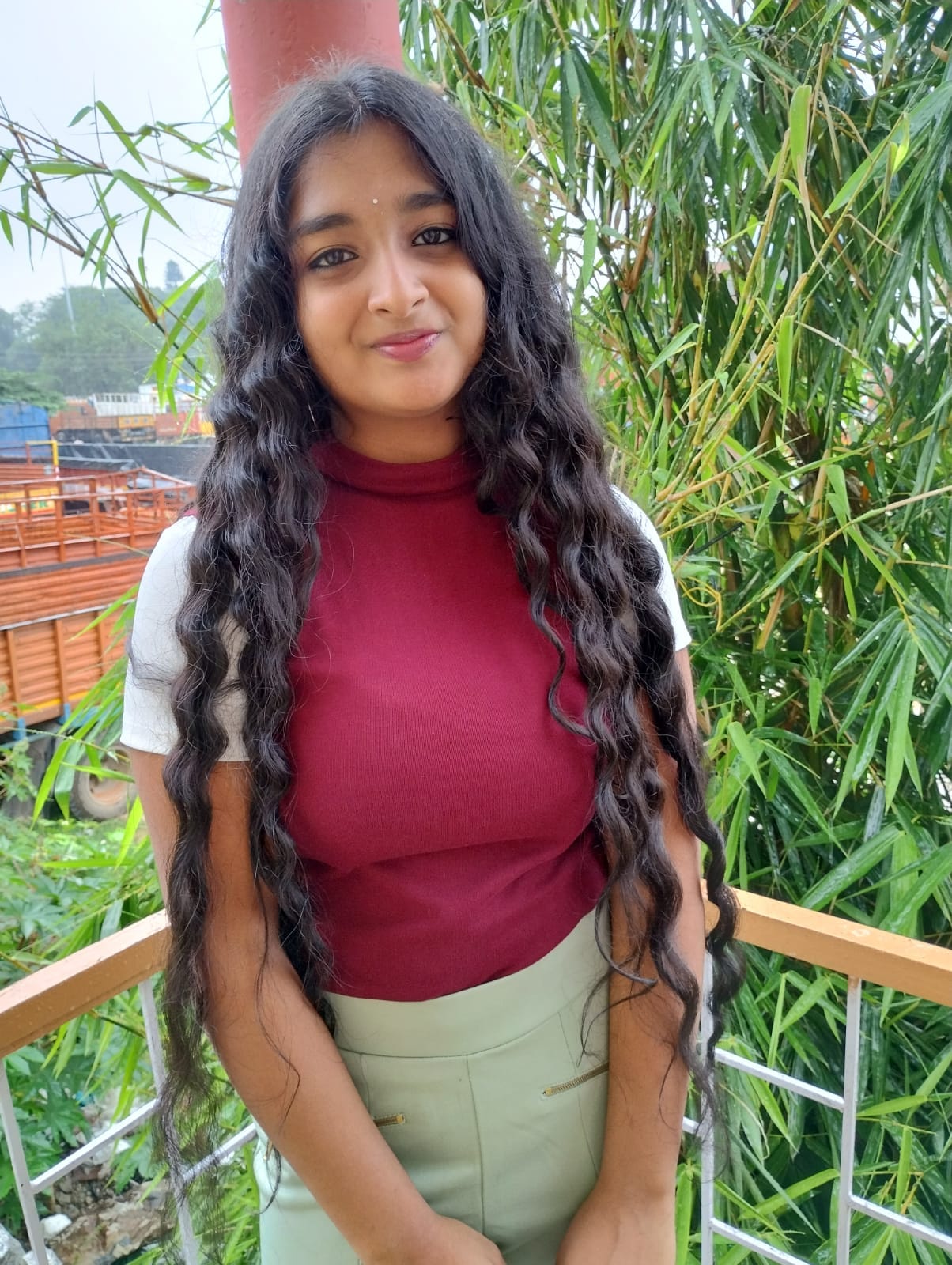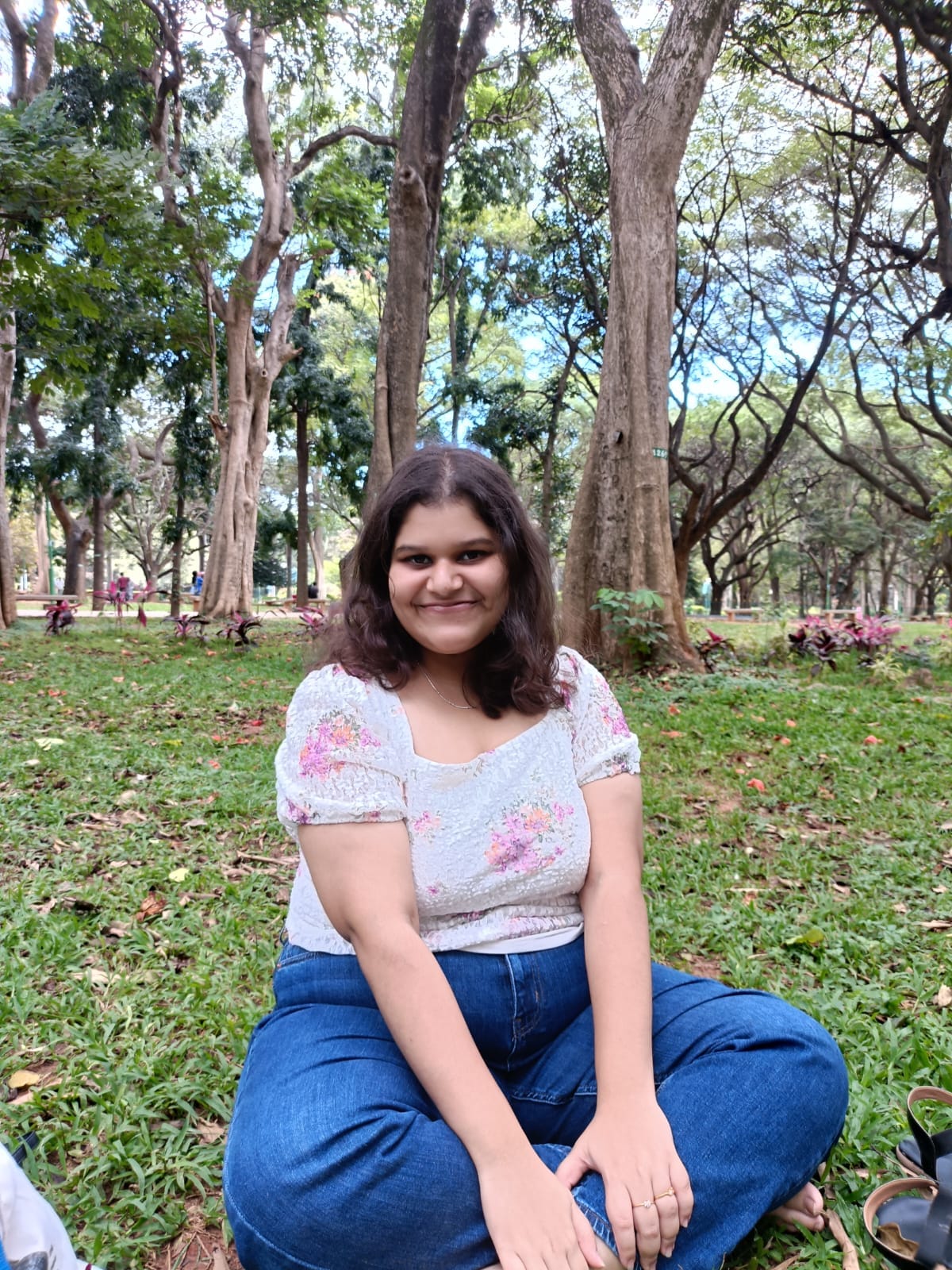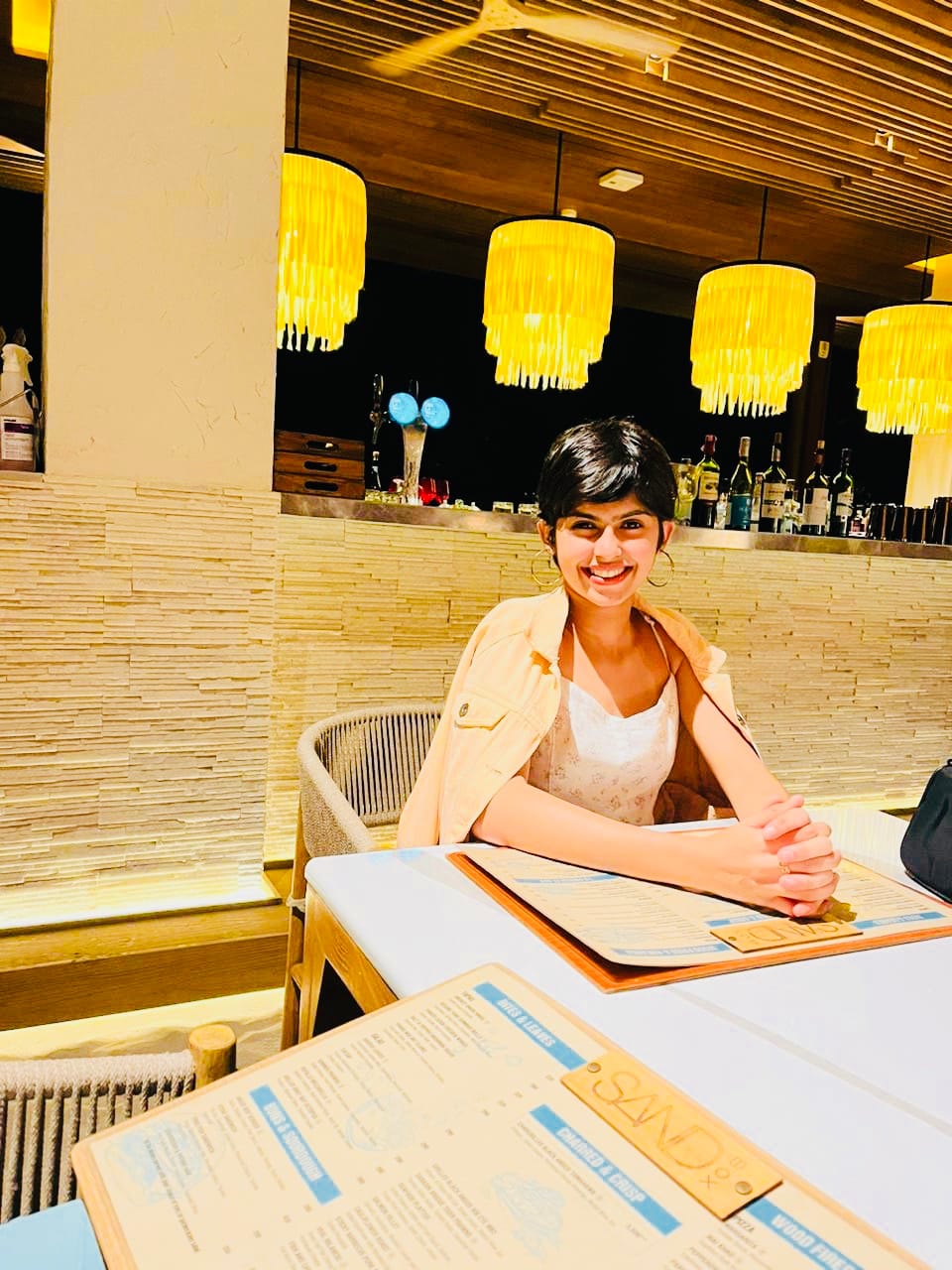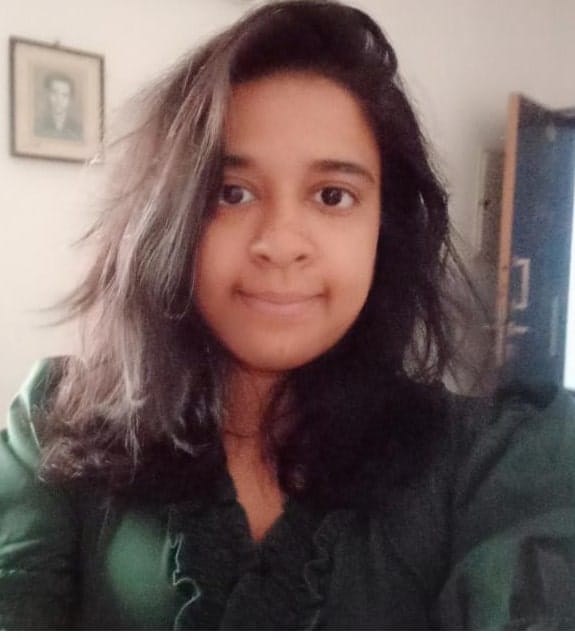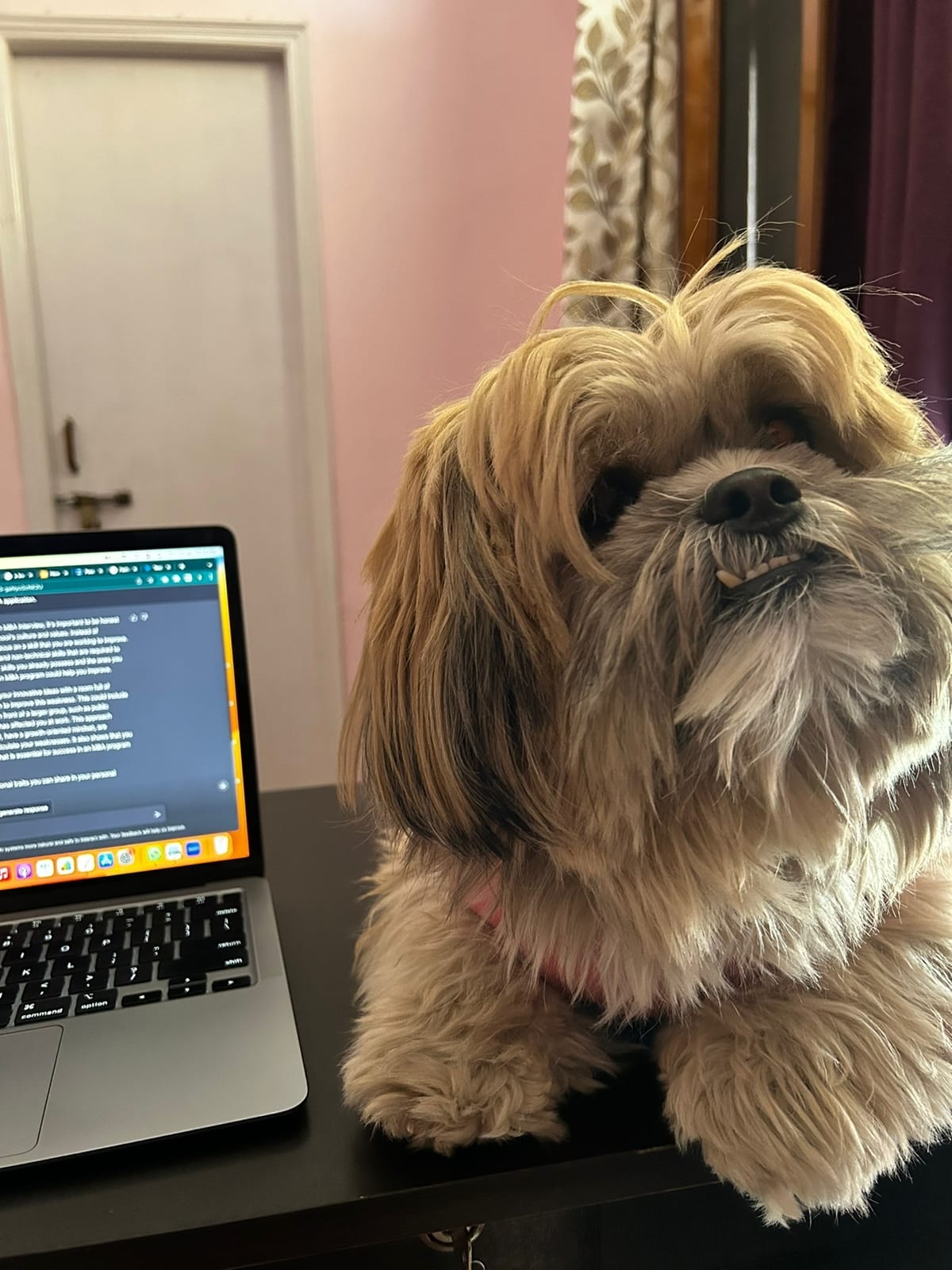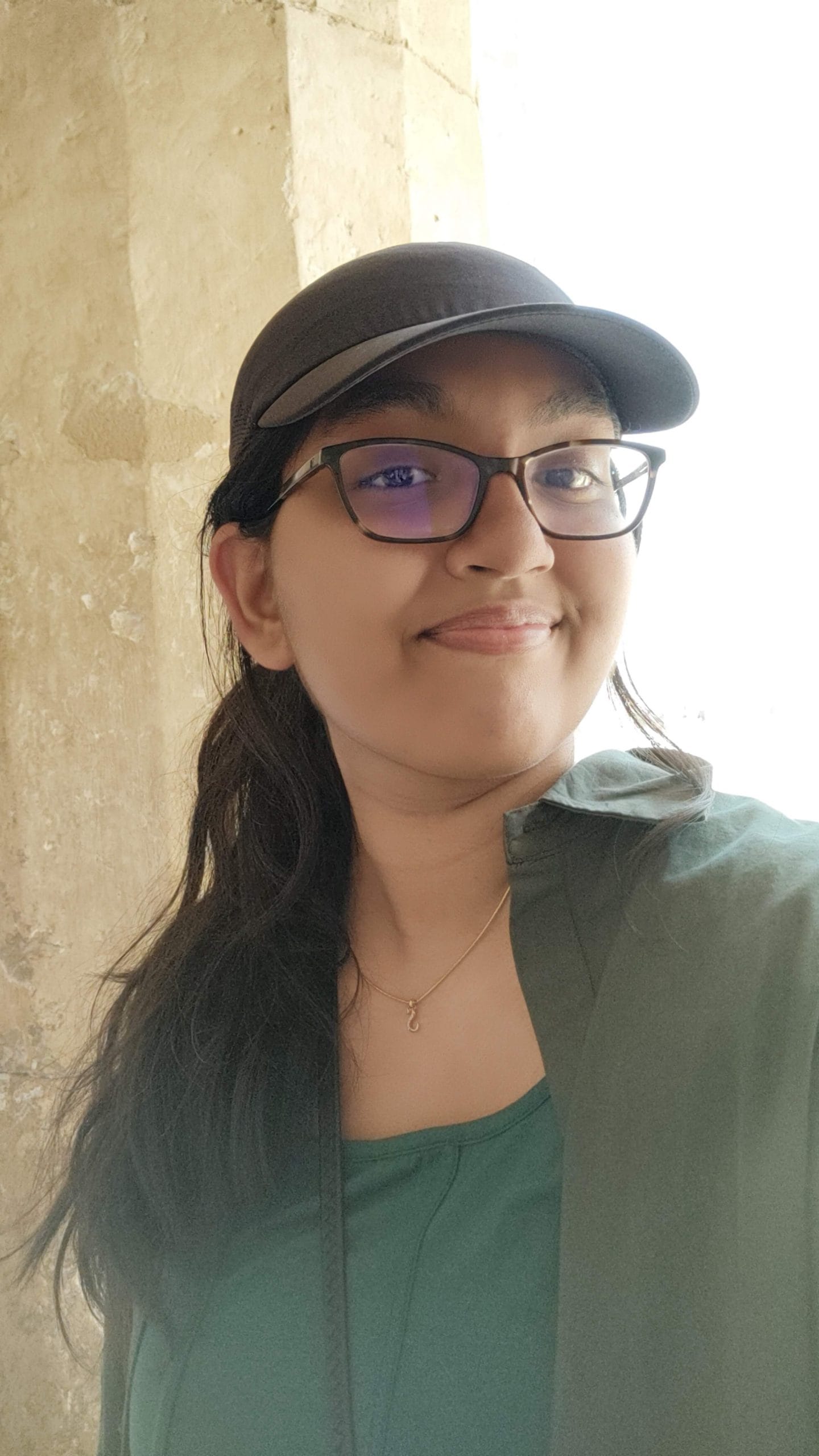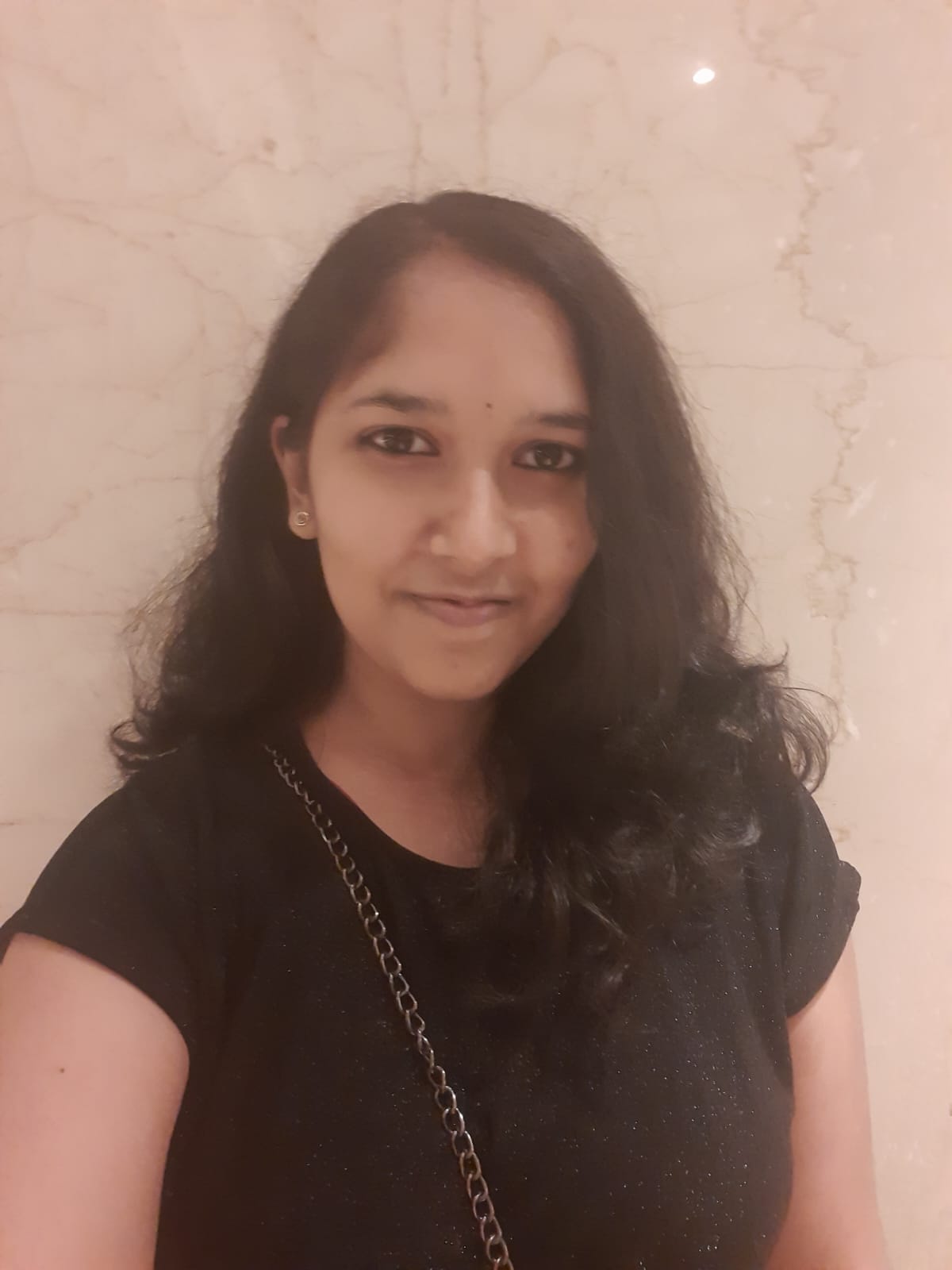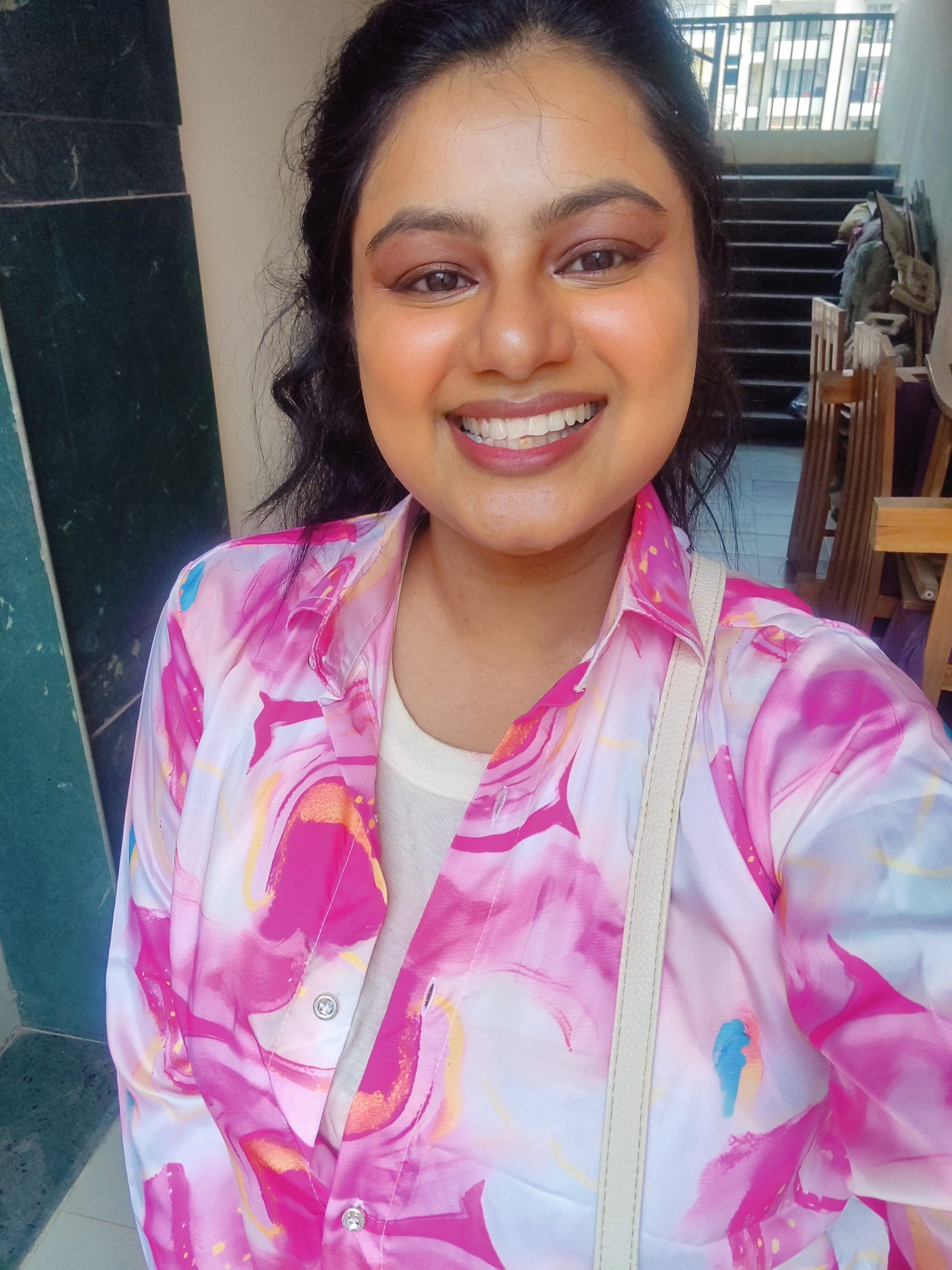Unleashing Creativity: Art Therapy for Depression in Urban India

Anjali Ann Gajendran
May 17 , 2024

In India, the rise of mental health issues like depression is becoming more pronounced, particularly in urban areas. The roots of urban depression can be traced to various factors such as heightened stress levels, social alienation, environmental hazards like noise and air pollution, financial strains, limited access to green spaces, social disparities, and the societal pressure to attain success.
The stigma associated with mental illness, combined with the fast-paced lifestyle, often prevents individuals from seeking traditional mental health services. Traditional therapies often fall short in addressing the nuanced needs of this population. However, art therapy emerges as a promising alternative. This creative and non-verbal method is gaining popularity in urban India as an effective means to combat depression.
What is Art Therapy?
Art therapy involves the use of creative processes such as drawing, painting, sculpture, and other forms of visual art to help individuals express themselves and explore their emotions. Unlike conventional therapy, which primarily relies on verbal communication, art therapy leverages the power of creativity and symbolism to unlock and process hidden feelings. This form of therapy can be particularly beneficial for those who find it challenging to articulate their emotions in words.
Benefits of Art Therapy for Depression
Emotional Release and Expression
Art therapy provides a safe space for individuals to express feelings that might be too painful or complex to articulate verbally. Through the creative process, people can release pent-up emotions, leading to a reduction in symptoms of depression. Engaging with art allows for a cathartic release, helping individuals to process and let go of negative emotions.
Improved Self-Esteem and Confidence
Creating art fosters a sense of accomplishment and self-worth. As individuals see their artistic skills develop, they often experience an increase in self-esteem, which can counteract the negative self-image commonly associated with depression. This boost in confidence can have a positive ripple effect, enhancing overall mental well-being.
Stress Reduction
Engaging in artistic activities can induce a state of flow, a form of deep engagement where time seems to stand still. This state of immersion can significantly reduce stress and promote relaxation, providing a respite from the relentless pressures of urban life. The repetitive and soothing nature of many artistic activities helps calm the mind and body.
Enhanced Self-Awareness
Art therapy helps individuals gain insights into their emotional world. By reflecting on their creations, they can better understand their feelings, triggers, and patterns of behavior, which is crucial for managing depression. This increased self-awareness can lead to more effective coping strategies and a deeper understanding of oneself.
Social Connection
Participating in group art therapy sessions or workshops can foster a sense of community and reduce feelings of isolation. Sharing creative experiences and discussing artworks with others can build connections, enhance social support, and create a sense of belonging.

Photo by Dushawn Jovic Team on Unsplash
A Beginner's Guide to Art Therapy
1. Set Up a Comfortable Space
Find a quiet, comfortable place where you can focus on your art without interruptions. Make sure the space is well-lit and equipped with all necessary materials. You don't need expensive supplies to start. Basic materials like paper, pencils, crayons, watercolours, and clay can be sufficient.
2. Start with Simple Exercises
Mood Drawings: Spend a few minutes each day drawing or painting how you feel. Don't worry about artistic skill—focus on expressing your emotions through colours, shapes, and lines.
Collage Creation: Use old magazines, newspapers, and other paper materials to create a collage that represents your current state of mind or a future you aspire to.
Mandala Drawing: Drawing mandalas can be meditative. Start from the centre and work your way outwards, creating intricate patterns. This process can help in grounding and calming the mind.
3. Reflect on Your Art
After completing a piece, take some time to reflect on it. What emotions did you experience during the process? What themes or patterns do you notice in your artwork? Write down your thoughts in a journal to track your emotional journey.

Photo by Estée Janssens Team on Unsplash
Seek Professional Guidance
While engaging in self-guided art therapy can be beneficial, collaborating with a trained art therapist offers deeper insights and structured guidance. They possess the expertise to interpret your artwork and lead you through more intricate therapeutic exercises.
Art therapy presents a promising avenue for combating depression in urban India. By harnessing the creative potential within each individual, it offers a distinct and potent method for processing emotions, alleviating stress, and fostering self-awareness.
If you're experiencing feelings of anxiety, depression, or other mental struggles, remember that professional support is readily available. Heart It Out offers a nurturing environment where you can seek guidance and assistance to navigate through your challenges. Feel empowered to reach out and commence your journey towards healing and well-being with Heart It Out.
Keep Reading
Started reading,
found my glow!
New blogs dropping soon – Sign up!
© EmbraceWell. All rights reserved






